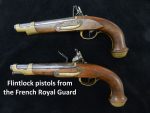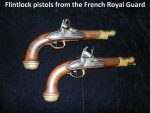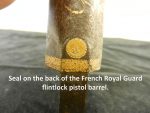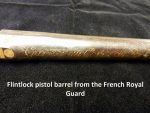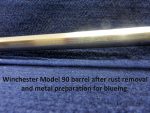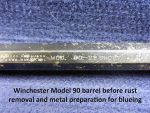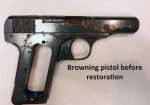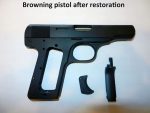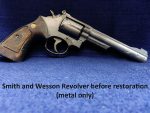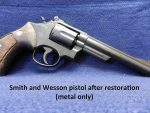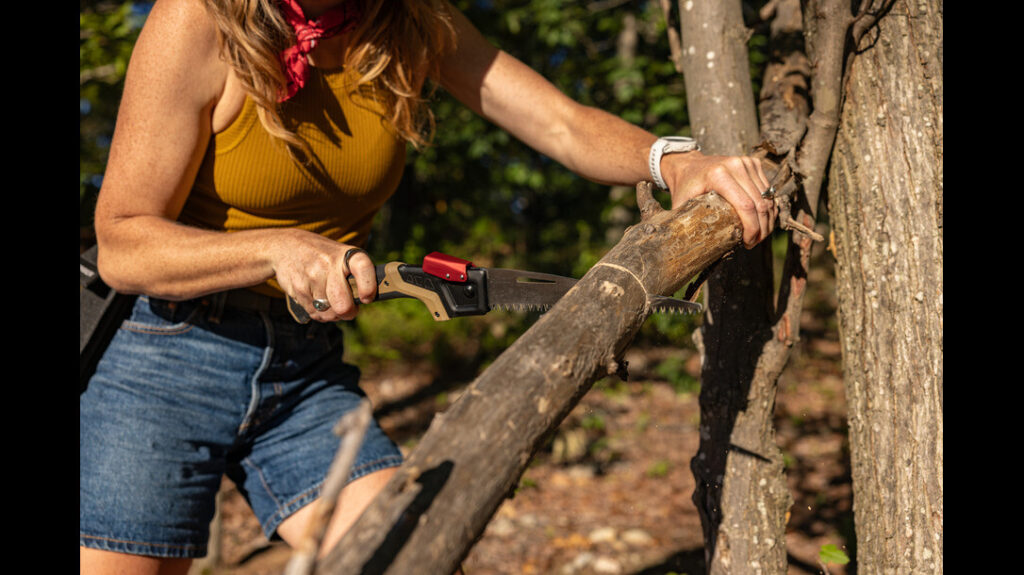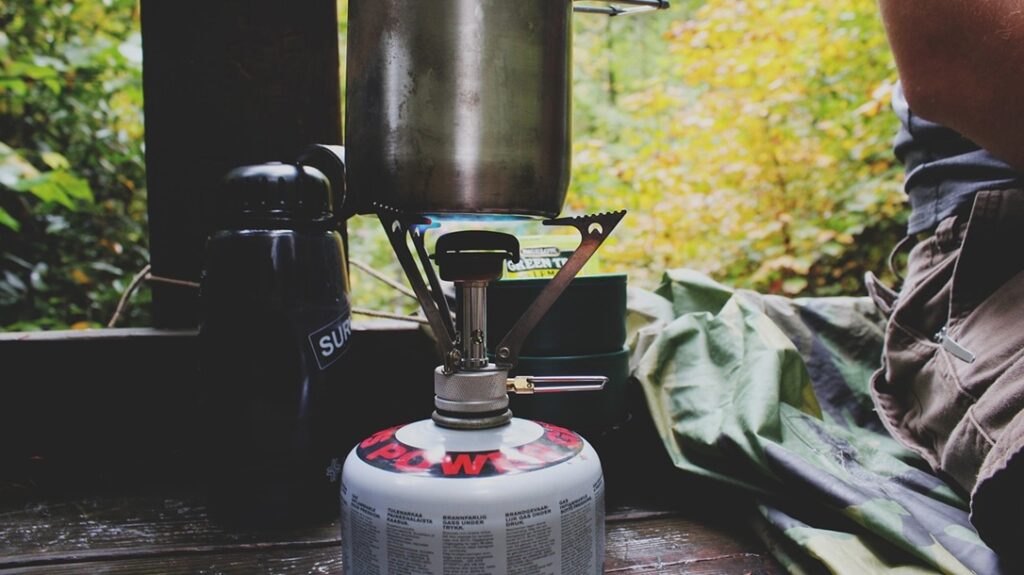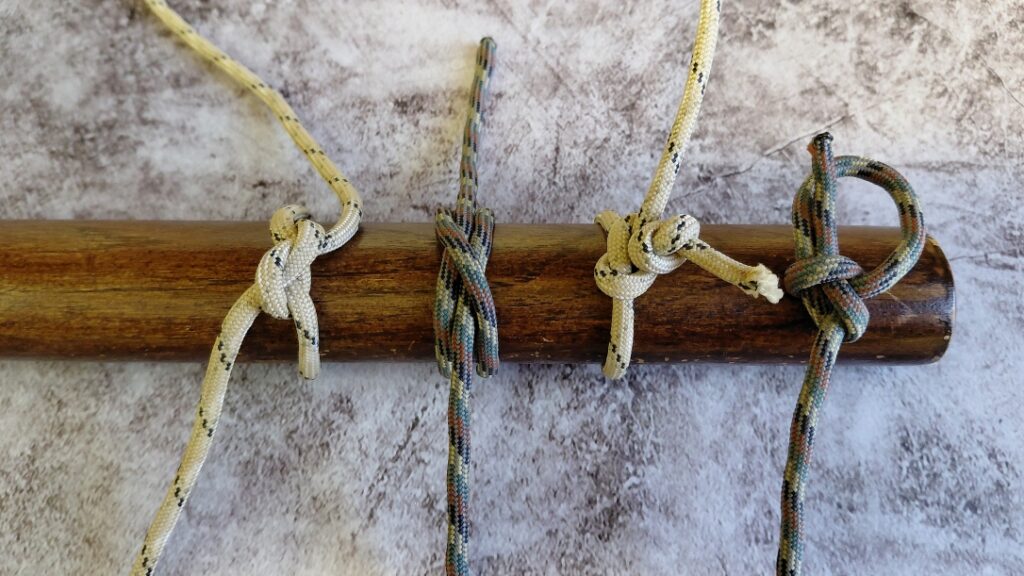by Jim Majoros, President, Viktor’s Legacy Custom Gunsmithing LLC
So, you have this old gun and you’re wondering, “Is it worth anything?” Should it be refinished, restored, cleaned, or left as is? The decision may seem daunting, but with good information you will be able to make the choice that’s right for you. The first step is to determine the value of the gun. Age alone does not determine value: condition, rarity, provenance and desirability to collectors all impact value. Thorough research will help you know what you are dealing with, and will help guide your decision. There are many reference books that rate the value of antique and modern firearms. Blue Book of Gun Values, published by the NRA, is my favorite resource.
If the value of the gun is impacted by the condition, your next decision will be whether or not it needs improvement. This could range from a simple cleaning to repair, refinishing, or restoration. It is crucial to understand how each process would impact the value of your gun. If the gun has low intrinsic value, or if it has been mass-produced by modern manufacturing methods, your goal is likely going to be guided by your plans for the gun, it’s sentimental value, or how you want it to look. A good cleaning can do wonders for the look of a gun in this category. If you want to make it look new, or create a custom look, refinishing may be your best choice. During refinishing, the gun is disassembled and cleaned; the metal is polished and prepped. It’s vital that the metal preparation is done correctly to preserve the original nomenclature, serial number, proof marks, maintain sharp edges, and retain sharp screw and pin holes. The metal parts can be restored to their original factory finish via whatever process was being used at the time that it was manufactured. The wood would be stripped of its old finish; any cracks or nicks repaired or filled. The stock can be finished with a thin layer of polyurethane, or it can be coated and decorated with Cerakote, paints, and even hydrographic designs. Gold leaf, engraving, or checkering can be used to further customize your gun. Once reassembled, you should have a great looking gun that reflects your taste and will be protected against the ravages of time.
Advertisement — Continue Reading Below
Restoration of a gun can be tricky because of the potential impact on value. The results of a poor decision can be very costly. I’ve seen some heartbreaking results in my line of work. A few weeks ago a customer came to my shop carrying a gun rolled up area rug. As I unrolled the rug I spotted a crescent shaped butt plate on the stock, and my heart started beating faster. When I saw the rest of the gun my jaw went slack. It was a pre-1964 Winchester Model 94- in my eyes, a masterpiece. But I promptly noticed that the gun had been poorly refinished. The metal had been badly prepped and polished, the edges were rounded, screw holes dished, lettering nearly buffed off and the metal had been blued incorrectly. I nearly cried when I saw the 3-digit serial number that indicated the gun was made during the first 1-3 months of production by Winchester in 1894. The gun should have been worth a fortune, but because of bad decisions and sloppy work, it wasn’t.
With a heavy heart I checked the “Blue Book”. To an untrained eye, the gun may have looked ok, but it earned a “Poor” rating due to the shoddy refinishing. I had to tell my customer that the gun’s current value was about $1250.00. Not bad for a gun that cost about $7.00 in 1894, right? Wrong. Had it been in “Very Good” condition, with 90% original finish, and had a letter of authentication from the Winchester Museum in Cody Wyoming, it would have been worth at least $14,000.00. Also, because of this gun’s rare caliber, the value increases further to $17,500.00! All I could do was advise the customer that a quality restoration could minimize the impact of the shoddy work done before, and bring up the value.
I told the customer I would disassemble the gun completely, strip the incorrect blueing and carefully re-polish the metal, straightening the edges, flattening the screw and pin holes, and re-marking the nomenclature on the barrel and tang with the correct text used by the factory. Then, I would begin the tedious process of re-bluing the metal, using Winchester’s original process. The lever and hammer would be refinished using a process called color case hardening; the screws, pins and extractor would be nitre blued and the fore end tip and butt plate would be charcoal blued. The stock and fore end wood would be refinished, again, using the original Winchester methods. This is a costly process, at least $2000.00; however, it could increase the gun’s value to about $12,000.00. A worthwhile return on investment.
Advertisement — Continue Reading Below
There are times when even cleaning a gun can destroy its value. A few years ago, a customer brought me a pair of antique flintlock pistols that her great-grandfather had obtained in France during WW1. I did some research and found pictures of the same type of pistols dating back to the time of Napoleon’s reign. On her pistols, I found gold engravings in French on the barrels which translated to “Guard of the King’s Court”. Research revealed that just over 900 of these pistols were made for Napoleon’s Royal Guard. After careful disassembly we found proof marks under the barrels which confirmed that these pistols were authentic! Reassembly was painstaking and exact. We carefully put the screws into the holes they came out of. We left the green patina from the brass fittings; the rust flakes under the barrels; as well remnants of lubricant just the way we found it. We documented the entire process with photographs, which we provided to the customer. The value of this pair of pistols was well north of $10,000.00. Had we even cleaned them, we would have removed some of their history and their value would have plummeted to under $1,000.00. This illustrates that sometimes less is more!
Obviously, great care should be taken when deciding what, if anything, should be done to your old gun. It is equally important to carefully choose who should help you achieve your goal. There are training programs for gunsmiths and armorers across the country; however, there is no governing body which dictates uniform standards for curriculum and requirements for certification. Also, there is no program that grants licenses or monitors performance. That makes it difficult to know who to trust. I recommend finding a gunsmith who has completed a lengthy apprenticeship under someone who could be considered a “Master” gunsmith, a title of respect earned from years and years of experience. This person would specialize in restorations and is willing to consult respected publications and museums when necessary. Ask for references, look at examples of past restoration work, and get a second opinion if needed. Ask them to tell you when it’s best to leave well enough alone, and why. If you take it to someone who is calling themselves a “licensed and certified gunsmith,” be wary, as once again, there is no licensing or certification requirements to be a gunsmith. My shop is willing to help anyone do research and arrive at a correct decision regarding any refinishing or restoration of your firearm. I’m hoping this information will help you to decide what to do, and who to trust with the job!
Good luck, and shoot straight!
Viktor’s Legacy Custom Gunsmithing LLC
Advertisement — Continue Reading Below
SOURCE ARTICLE: https://www.agirlandagun.org/gun-valuation/

